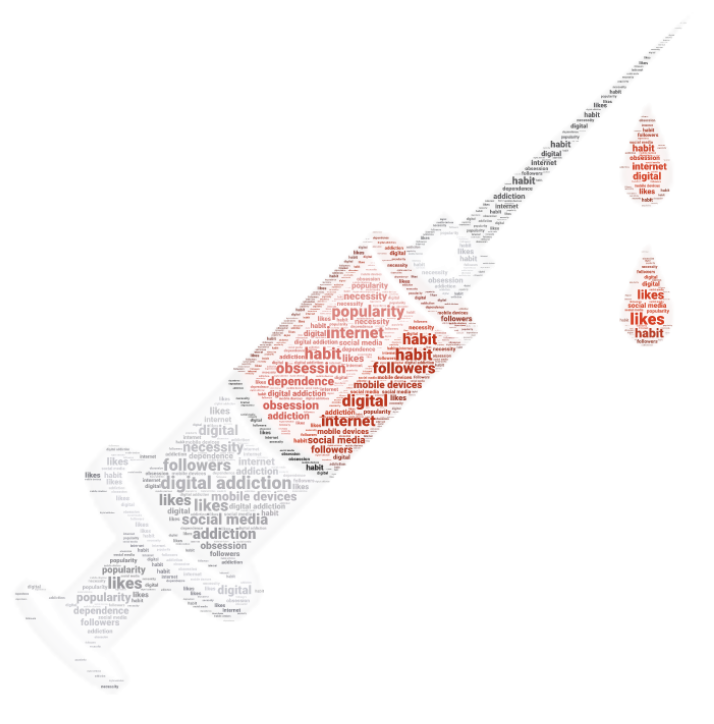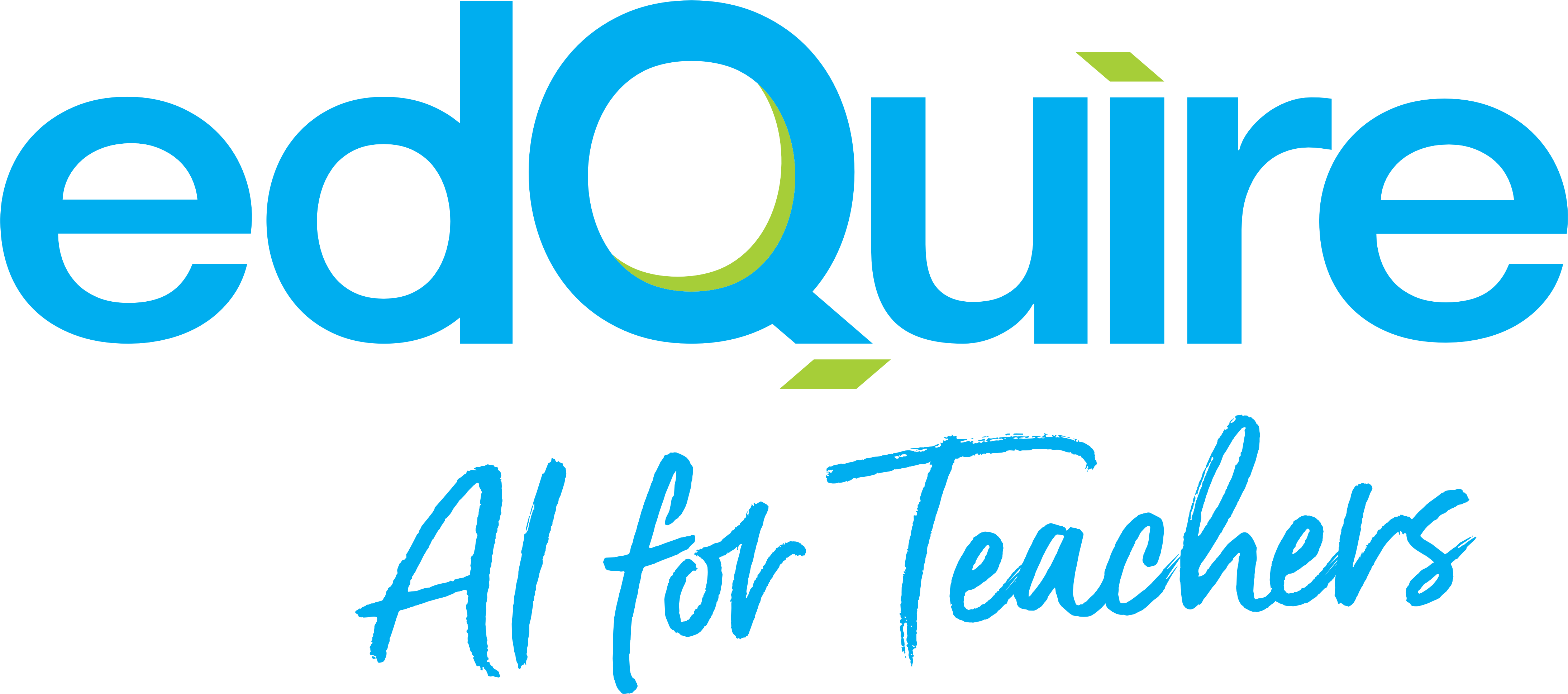
According to https://chriskresser.com/how-a-technology-addiction-can-hurt-your-health/ the digital age has taught us some nasty habits that have an extremely high potential to cause our wellbeing to suffer. In particular, our mental health is taking a hit because of our apparent ‘need’ to check our phones constantly. It’s when this desire becomes a ‘need’ that we experience something called ‘digital addiction’ and it’s something that is becoming an issue for adults, teens and children alike.
It’s not breaking news that the people behind our tech companies – the tech giants and the very creators of digital technologies – have issues with the use of digital tech by children. Steve Jobs recognized the pitfalls of technology being overused by kids and didn’t allow his own kids to use iPads or iPhones. Bill Gates’children didn’t have mobile phones until they were teeanagers and Chris Anderson, a tech entrepreneur who is a father of five, set parental controls and time limits on all the screens and devices that his kids used. What did they know they we should know, but are ignoring?
It’s pretty simple. Technology addiction is real and the consequences of this addiction far outweigh any immediate (and usually short-lived) benefits of euphoria that someone might gain from using tech. From disrupted sleep to anxiety, social withdrawal and physical problems such as headaches and neck aches, the symptoms and the risks of technology addiction are huge.
As educators we have the unique opportunity to help students put a stop to digital addiction. We have the technology, the skills and the knowledge that can prevent their digital experience becoming a digital addiction. Below are our top 5 ways that you can utilise in your classroom, right now.
- COLLECT REAL TIME DATA. Collecting real time data on how students are using their devices, what they’re using them for and why, is extremely useful to teachers and students alike. This data can be readily available to the classroom teacher any time, for any lesson, and doesn’t impede on the teachers time.
- EMPOWER STUDENTS. Allowing students access to the data that has been collected allows them to visualise their technology usage. If it can be measured, it can be improved, and the only people who CAN improve students are the students themselves.
- COLLATE THE DATA. Keeping a record of the sites and apps that are being used in the classroom enables classroom teachers to be aware of what on and off task behaviors are occurring. A game here and there, a shopping site every now and then may not be seen as a problem. But when this data is collected over a period of time and analysed, patterns can emerge and problems can be flagged, allowing teachers to act on them appropriately.
- SEE THE WARNING SIGNS. Knowing the distractibility index of a student, how often s/he switches from on task to off task behaviours in the classroom and being able to act upon these in a timely manner, can make all the difference.
- EARLY INTERVENTION. A teacher that is receiving notifications of behaviours that are congruent with digital addiction – such as excessive amounts of time being spent on a particular online gaming site rather than on learning tasks, can make a huge difference to the student.
As educators, as carers, and as concerned adults looking out for the wellbeing and welfare of students, it’s a relief to know that we CAN do something about curbing digital addiction and help our kids to engage in our digital world in a safety. edQuire’s AI learning analytics puts the power back into your hands.

Recent Comments